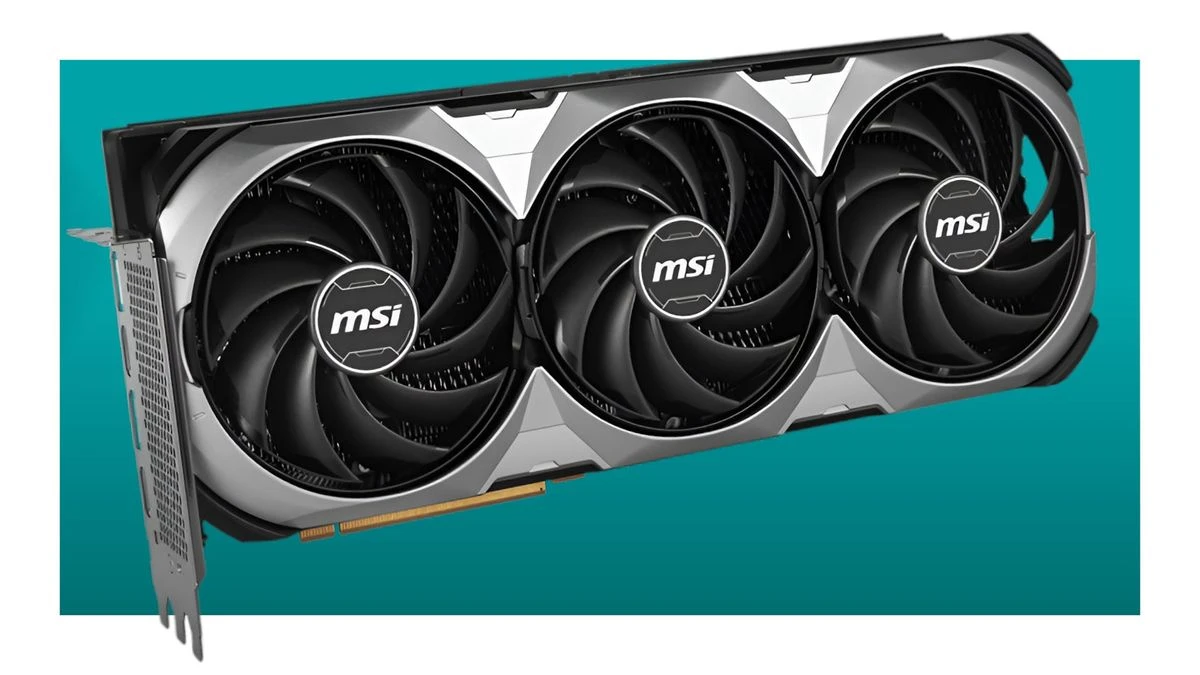According to MSI, the super-svelte CAMM2 can deliver higher clock rates, lower latencies and costs, as well as better cooling for systems.
Let's begin with the obvious. CAMM2 memory has a flat design. CAMM2 was originally designed to fit into mobile devices due to its ultra-slim construction. However, it has been heralded by several manufacturers as the future of desktop memory. We've seen super-skinny CAMM2 modules that could soon be slotting into (or mounting onto?) our desktop PC motherboards. our desktop PC motherboards.
It may look odd, but it's not just me rubbing my eyes when I see a desktop motherboard with no RAM sticking out of the board. According to MSI, the new form factor has several advantages. It live-streamed an in-depth look at CAMM2, highlighting the benefits of the standard and why you might see it in your next build. (via Wccftech).
CAMM2 modules, unlike traditional RAM sticks are directly connected to their corresponding CAMM2 interfaces, instead of via "stubs" (System Interfaces) which limit the bus' speed. This direct connection allows the inner and outer IMC channels (Integrated Memory Controllers) to connect to a CAMM2 module. This means that you can have dual channel operation on a CAMM2 module.
CAMM2 motherboards require fewer (and shorter) signals traces to reduce costs, and could lead to higher clocks and reduced latency.
The modules are smaller in size than traditional RAM sticks with similar capacities, and only have one PMIC (Power Management Integrated Circuit). This results in a further reduction of costs compared to traditional DIMMs, as well as lower power consumption and reduced heat.
CAMM2 also improves cooling, according to reports. RAM that sticks out from the motherboard can block the airflow underneath a CPU cooler. Mounting it flush allows the air to pass above the top. Traditional RAM sticks can also interfere with fan placement and water cooling system tubing. The clever old CAMM2 neatly tucks into the board to give you more cooling options.
Bitspower, however, has already shown a water block that is designed to sit atop a CAMM2 Module. This takes up quite a bit of space and may reduce some of the benefits for the rest the system.
It's not necessary for all cooling solutions to be so large. MSI's CAMM2 features a thermal mat on the front of the module. A corresponding thermal mat on the PCB directs heat towards a metal mounting bracket at the back of the mobo. Dual-channel CAMM2 DDR5 modules feature DRAM ICs at the rear. This necessitates the rear pad and bracket to remain chilled.
Repairability is another factor to consider. The CAMM2 connectors, which are not soldered to the motherboard, are cross-compatible with all motherboards. This means that unlike a traditional DIMM, if one is damaged, it should be much easier to replace.
There's only one way to fit it in, which should prevent those of us with sloppy hands (including myself) from trying to force a square peg through a round-hole.
CAMM2 modules are an improvement on the current form factor and look great too. It looks like we will be seeing some very flush looking desktop PC internals within the next few years, with rear-connector boards popping up left, right and center, and manufacturers such as Asus experimenting and experimenting with innovative cable hiding methods.




Comments